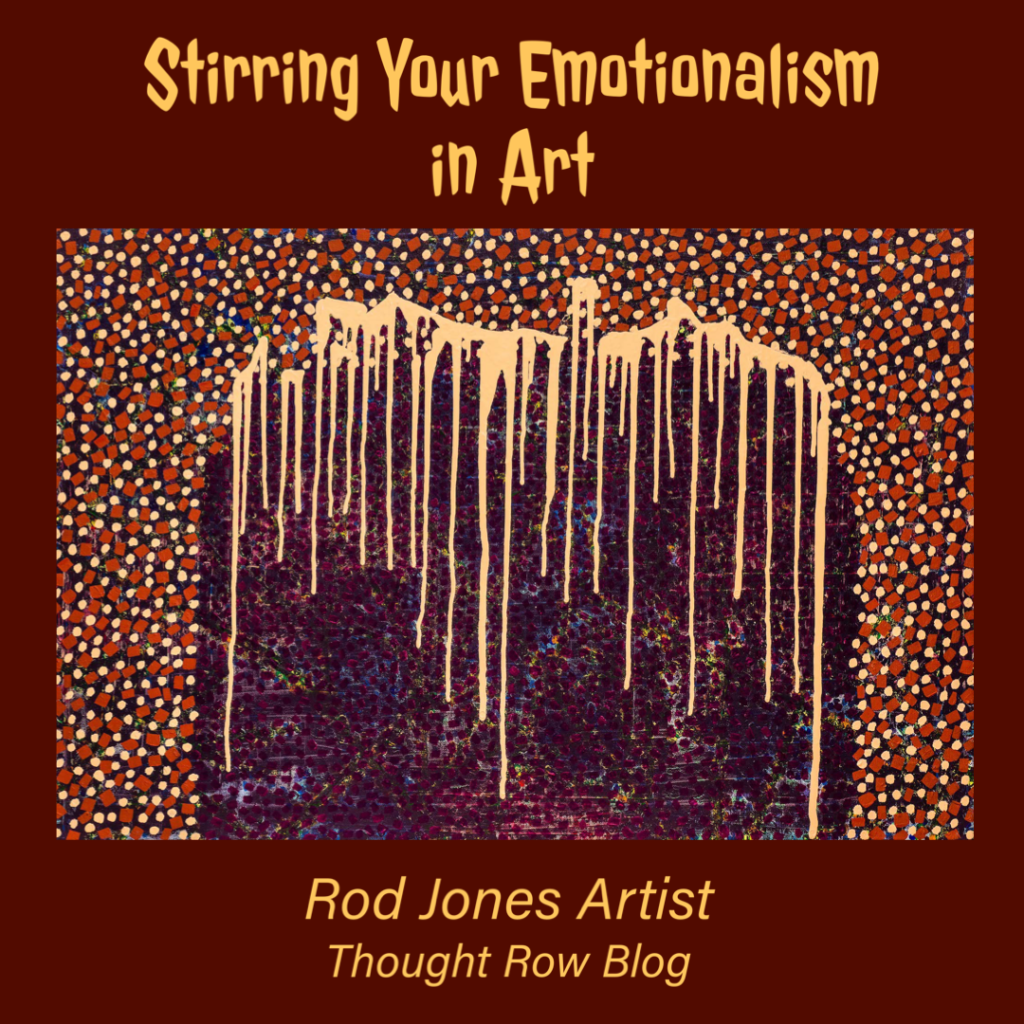Stirring the Emotionalism in Art: What makes you emotional? Sadness brings it on. Happiness brings it on. Seeing brings it on. Hearing brings it on. A work of art can do many things to your emotions. Looking at a painting or touching a sculpture invariably causes a welling up of emotions, from happy and inspired to angry and repulsed.
.
Art is magic. It possesses the ability to stir up an emotional response. You may like it, or you may hate it. It’s amazingly objective and not too subtle in doing its intended stirring. Art invokes attention and shows no mercy when its goal is to grab your mind, body, and soul.
.
The art creators may be divinely inspired to tell a visual story, even if it’s abstractly presented. The viewer is subjected to the art’s impact on emotions, leaving impressions that can last a lifetime. Some are hauntingly disturbing, others filled with love, charm, and grace.
.
Transference of feelings: you and I will never stand in front of a work of art and walk away without conscious or subconscious receptiveness. A humble child-like work of art may impact you the most. It can bring up your own first attempts at creating a work of art with a pencil or a crayon. Those early creations have emotional connections that are deeply rooted in our subconscious mind. Often these works of art tell a story, sometimes one of sheer happiness and innocence. Others can be a reflection of childhood trauma. Art, in all of its iterations, stirs up emotions in all of us.
.
Most all art is memorable. Some works burn images into the mind that become deeply rooted. Everyone has a story about a work of art that left a deeply felt impression, stirring their emotions for a lifetime.
.
“I desperately tried and failed to escape the vision that became imprinted on my mind as I walked away from that abstract painting. It stirred my emotions so deeply, and I knew I could never forget what I saw.” Rod Jones Artist
